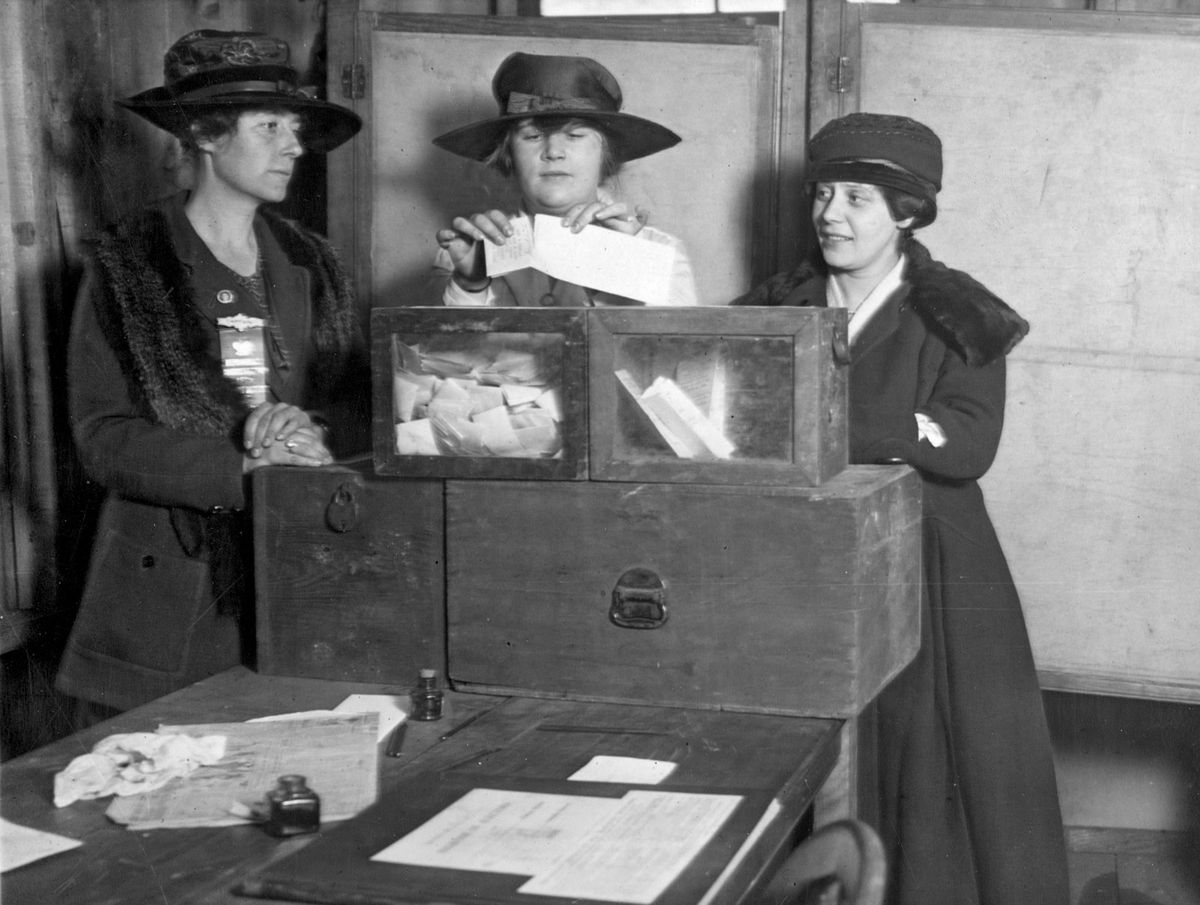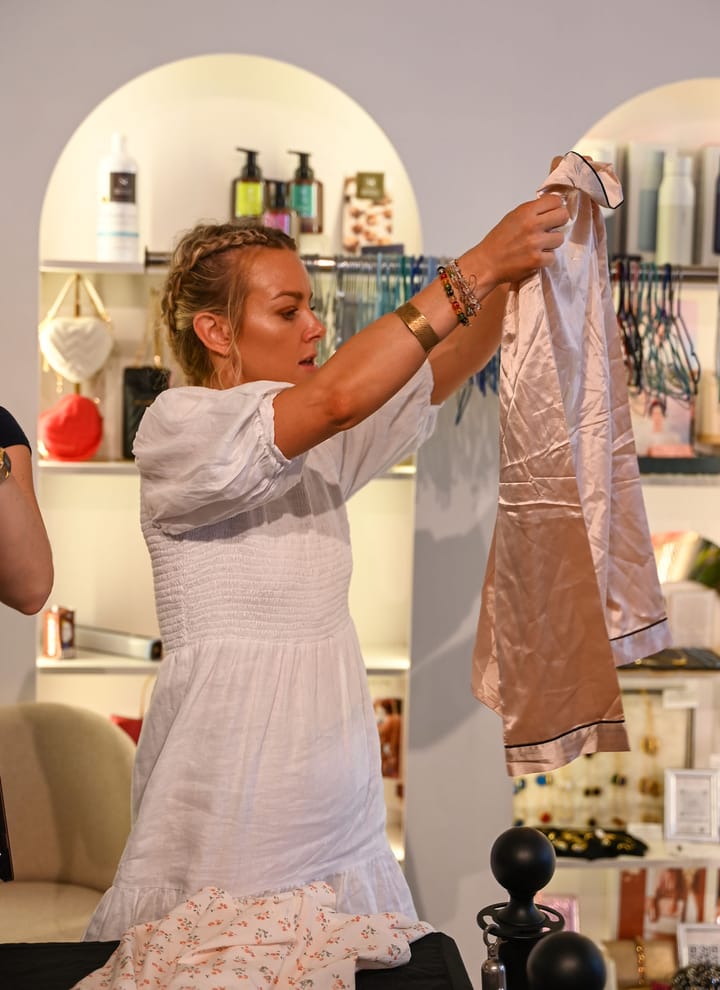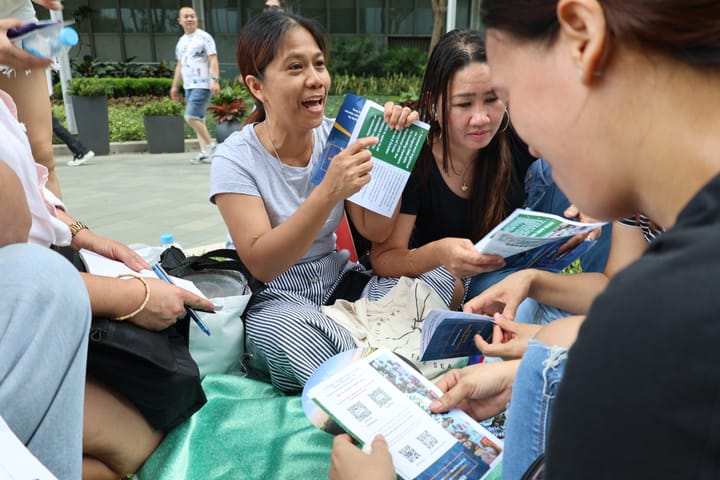August 2020 marks the 100th anniversary of women’s right to vote in the United States

A few minutes every morning is all you need.
Stay up to date on the world's Headlines and Human Stories. It's fun, it's factual, it's fluff-free.
August 18, 2020 marks 100 years since the ratification of the 19th Amendment, which prohibited states from denying a person the right to vote based on their sex. It marked the successful conclusion of a decadeslong battle for women’s suffrage, expanding voting rights to a portion of the population that had previously had no voice in the political realm at all.
The 19th Amendment has long been hailed as a watershed moment in the history of the United States. However, the women’s suffrage movement, like the history of the nation more generally, had its murkier moments, marred by racism and elitism.
Now, 100 years after women won the right to vote in the US, the global push to expand women’s rights continues.
The text of the 19th Amendment
The 19th Amendment, also known as the Susan B. Anthony Amendment, was introduced in Congress in May 1919. As with all amendments to the US Constitution, the 19th Amendment was passed with a two-thirds majority vote: 304 to 89 in the US House of Representatives and 56-25 in the US Senate.
The amendment was then ratified by three-fourths of the existing states, or 36 of the 48. The first state to ratify the 19th Amendment was Wisconsin, while Tennessee was the 36th state. Two states, Connecticut and Vermont, belatedly ratified it. Ten states initially rejected the amendment, but later belatedly ratified it, including, most recently, Mississippi in 1984.
While legislative documents and bills can often stretch into the hundreds of pages, the 19th Amendment is markedly succinct. The 66th Congress gave women the right to vote with two sentences:
“The right of citizens of the United States to vote shall not be denied or abridged by the United States or by any State on account of sex. Congress shall have power to enforce this article by appropriate legislation.”
Protecting the right to vote
The text of the 19th Amendment leaves out any mention of race, which was addressed in the 15th Amendment. That amendment, ratified in 1870, stated states could not deprive people of the right to vote based on “race, color, or previous condition of servitude.”
Despite the 15th Amendment, many states found a variety of ways to bar people of color from voting, which is what necessitated the Voting Rights Act of 1965. That act made any attempt to disenfranchise voters based on race or other protected status illegal.
Recent decisions by the US Supreme Court have largely undone major aspects of the Voting Rights Act, leading some to fear a return to an era of greater voter suppression.
A brief history of women’s suffrage in the US
The suffragist movement in the US, made up of white and Black women and men, began prior to the Civil War, at a women’s rights convention in Seneca Falls, New York in 1848. Many activists for the cause have become well-known historical figures, including Susan B. Anthony, Elizabeth Cady Stanton and Ida B. Wells.
In November 1872, Anthony’s illegal vote in the national election would lead to her arrest and temporary imprisonment. Anthony used her trial to make a national case for women’s suffrage. She ultimately lost her case and was ordered to pay a US$100 fine. Anthony never paid it.
By the 20th century, the movement had gained steam – in part because other countries had given women the right to vote, including Canada in 1917.
Two women’s groups became active in the years leading up the passage of the 19th Amendment: the National American Woman Suffrage Association (NAWSA) and the National Woman’s Party (NWP). These groups organized mass demonstrations, including protests in front of the White House.
The public movement helped shift opinion in the country and across both political parties. Whereas a few decades earlier, women were being arrested for their efforts to vote, in 1920, suffragists stood alongside Vice President Thomas Marshall as he signed the amendment (even though Marshall himself opposed it).
Later that year, women voted for the first time in a presidential election, which sent Warren G. Harding to the White House in a landslide victory.
The complicated history of women’s suffrage in the US
In a recent episode of the podcast “Factually! with Adam Conover,” prominent historian and author Ellen Carol DuBois discussed the women’s suffrage movement’s uneasy path to the 19th Amendment.
Despite the multiracial history of the women’s suffrage movement, following the Civil War, many in the movement turned their back on the Black populace, even opposing the 15th Amendment. Some suffragists – including Anthony and Stanton – believed that enfranchising Black men but not women as well would only further delay women’s suffrage.
DuBois calls it a “terrible moment in women’s suffrage history where women had to choose between the rights of Black men and the rights of women.” Opposition to the 15th Amendment was considered a political stance, not a racial one, with even renowned African American activist Sojourner Truth joining the opposition.
However, DuBois also says the movement was hampered by racism and elitism. DuBois reports Stanton as believing that “Women like herself, educated women, women who were the daughters and granddaughters of Revolutionary heroes, should vote before … ditch diggers.”
DuBois also notes that, while the 19th Amendment effectively gave women the right to vote, the specific language of the amendment is not that direct.
“It doesn’t actually give women the right to vote,” DuBois says. “What it says is that states can’t deprive people of the right to vote by their gender.”
She compares it to the 15th Amendment, noting how that “negative” language could be worked around to still allow for disenfranchisement.
Women’s suffrage around the world
Currently, women can vote in almost every nation in the world. In 2015, Saudi Arabia became the most recent nation to enfranchise their female citizenry.
That now leaves Vatican City, the Catholic city-state located within Rome, as the only nation on earth where women are barred from voting. Vatican City doesn’t hold general elections, as it is a monarchy led by the Pope. However, Cardinals do elect the Pope and women are currently not allowed to be Cardinals.
The first country to give women the right to vote was New Zealand in 1893. In fact, it was the only country in the world to allow women to vote in the 19th century. The next country to enfranchise women was Australia in 1902.
New Zealand’s early embrace of women’s rights is fitting considering its current prime minister, Jacinda Ardern, has been heralded as a feminist hero. Ardern, one of the youngest prime ministers in New Zealand’s history, has been praised for her strong leadership that effectively guided the country through the COVID-19 crisis.
Have a tip or story? Get in touch with our reporters at tips@themilsource.com




Comments ()